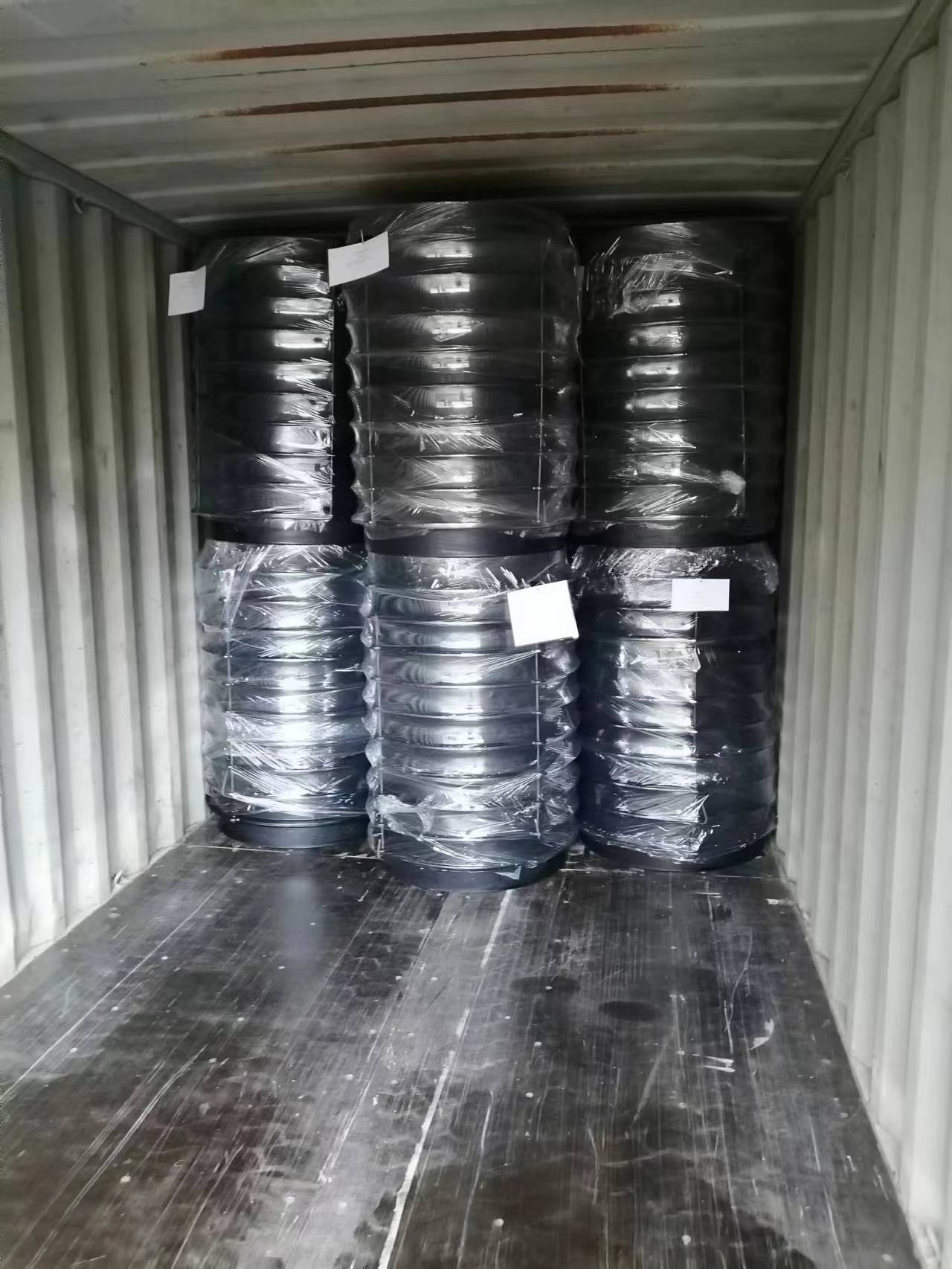Air Receiver Tank Safety Device for Pressure Relief Valve Functionality and Efficiency
Understanding Pressure Relief Valves for Air Receiver Tanks
Air receiver tanks are essential components in various industrial applications, serving as reservoirs for compressed air. To ensure the safety and efficiency of these systems, it is crucial to incorporate pressure relief valves (PRVs). This article delves into the importance, functionality, and maintenance of pressure relief valves for air receiver tanks.
Importance of Pressure Relief Valves
Pressure relief valves are vital safety devices designed to protect air receiver tanks from overpressure scenarios. In the operation of compressed air systems, fluctuations in pressure can occur due to unintentional conditions, such as equipment failure, blockage in the system, or sudden changes in air consumption. These situations can lead to excessively high pressure within the tank, posing serious safety risks, including equipment damage or even catastrophic failures.
The primary role of a PRV is to relieve excess pressure safely and efficiently. By discharging air when the pressure exceeds a predetermined limit, these valves prevent the potential hazards associated with overpressurization, ensuring safe operation and compliance with industry standards.
How Pressure Relief Valves Work
A pressure relief valve operates based on a simple but crucial principle it opens to release pressure when it exceeds a set limit. Most PRVs are spring-loaded devices, where the spring tension is calibrated to a specific pressure. When the pressure within the air receiver tank rises above this set point, the force exerted by the compressed air overcomes the spring force, causing the valve to open.
Once the valve is activated, it allows the excess air to escape, effectively reducing the pressure within the tank. The valve closes again once the pressure drops back to a safe level, enabling the system to return to normal operation. This automatic response mechanism ensures continuous protection without requiring manual intervention.
Types of Pressure Relief Valves
pressure relief valve for air receiver tank

There are several types of pressure relief valves, each designed for specific applications. Some of the most common types include
1. Spring-operated PRVs These are the most widely used valves, featuring a spring that adjusts the opening pressure. They are reliable and can be designed for various pressure settings.
2. Pilot-operated PRVs These valves use a small pilot valve to control a larger main valve, allowing for greater control over higher pressure ranges. They are generally more efficient and suited for larger systems.
3. Differential Pressure Relief Valves These valves open in response to pressure differentials within the system and are used in specific applications where such control is essential.
Regular Maintenance
To ensure the optimal functioning of pressure relief valves, regular maintenance is crucial. Operators should routinely inspect the valves for any signs of wear or damage, such as corrosion or leakage. Moreover, testing the valves periodically is essential to confirm that they open at the designated set pressure. If a valve fails during testing, it should be promptly replaced or repaired to maintain safety standards.
Additionally, operators should ensure that the area around the PRV is free from obstructions. Clear access to the valve is vital for immediate manual operation in case of an automatic failure. Proper labeling and documentation regarding the valve settings and maintenance records also contribute to a safer work environment.
Conclusion
Pressure relief valves play a critical role in the safety and efficiency of air receiver tanks in compressed air systems. Understanding their function, types, and maintenance requirements empowers operators to ensure their systems operate safely within designated pressure limits. By prioritizing the installation and upkeep of PRVs, industries can mitigate hazards, enhance operational efficiency, and comply with safety regulations, ultimately ensuring a secure working environment.
-
The Smarter Choice for Pedestrian AreasNewsJun.30,2025
-
The Gold Standard in Round Drain CoversNewsJun.30,2025
-
The Gold Standard in Manhole Cover SystemsNewsJun.30,2025
-
Superior Drainage Solutions with Premium Gully GratesNewsJun.30,2025
-
Superior Drainage Solutions for Global InfrastructureNewsJun.30,2025
-
Square Manhole Solutions for Modern InfrastructureNewsJun.30,2025
-
Premium Manhole Covers for Modern InfrastructureNewsJun.30,2025
